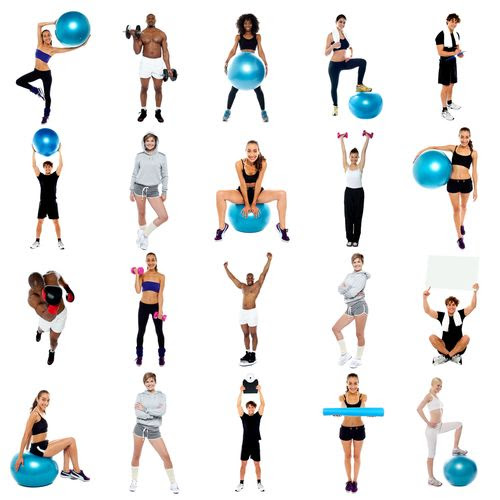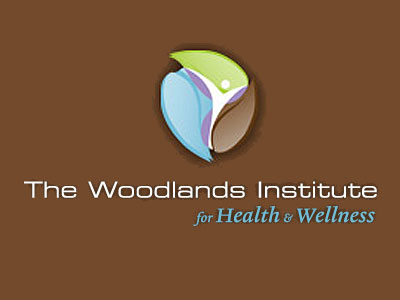How Do You Measure Up?

By: Pamela O'Connor, MD
How important is your muscle mass? Some health experts say it is turning into a new “vital sign” – something that we should be paying close attention to. Lower muscle mass has been associated with delayed recovery, higher surgical complications, longer hospital stays, increased drug toxicity, overall poorer quality of life and higher all-cause mortality.
Skeletal muscle is the most abundant tissue in our bodies, representing 40% of our body mass. After eating a meal, about 80% of the circulating glucose (i.e., sugar) is deposited into our skeletal muscle. That makes it a logical connection – as muscle mass decreases with age, that change is now thought to be a key driver of insulin resistance and prediabetes.
Muscle is also now recognized as having some immune regulatory properties, so less muscle mass leads to deterioration of the immune system (which for the elderly population is a leading cause of death). In fact, sarcopenia (decrease in muscle mass) now predicts the risk of getting community-acquired pneumonia.
Resistance training is how we can optimize our own individual muscle mass. This type of exercise results in getting stronger (which relates to better balance and stability), AND offers a notable secondary benefit of an increase in metabolism. Muscles require a large amount of energy to keep them healthy and functioning properly. Building stronger muscles also strengthens your bones, which increases bone density.
Additional advantages include balancing of hormones, such as growth hormone, testosterone (for men AND women), estrogen and insulin (can improve insulin sensitivity and decrease glucose levels). Many also see increased libido, better mobility, decreased pain, improved cognition and mood, better sleep and it has been proven to help people live longer. For heart health, resistance training can decrease blood pressure, improve cholesterol and triglycerides, and decrease visceral fat. Visceral fat collects around organs, including the heart, and releases many pro-inflammatory chemicals.
What would qualify as resistance training? Lifting weights, using resistance bands, as well as body weight exercises all fall into the category of resistance training. There is a magic sweet spot where you perform at a high enough intensity to stimulate the muscle enough to get the desired physiologic changes, but you don’t want to overdo it. Perhaps one of the most important aspects of resistance training is to allow sufficient rest for full recovery (when the muscle building takes place).
Basic exercises to use as a start would be squats, lunges, pushups, and planks. Another great aspect of resistance training is that many people can get noticeable results with only 2 short workouts per week.
Schedule an appointment if you want to discuss more specifics about strategies for building more strength and muscle mass, regardless of your age or gender. We all need to treat our muscle mass as a vital aspect of good health!
Resources
Di Stefano, Sal. (2021). The Resistance Training Revolution. Hachette Book Group, Inc.
Dr. Mercola Article. (October 29,2021). You Can Get Stronger and Healthier as You Age!
Robbins, Tony, & Diamandis, Peter M.D., & Hariri, Robert M.D., PhD. (2022). Life Force. Simon & Schuster


















